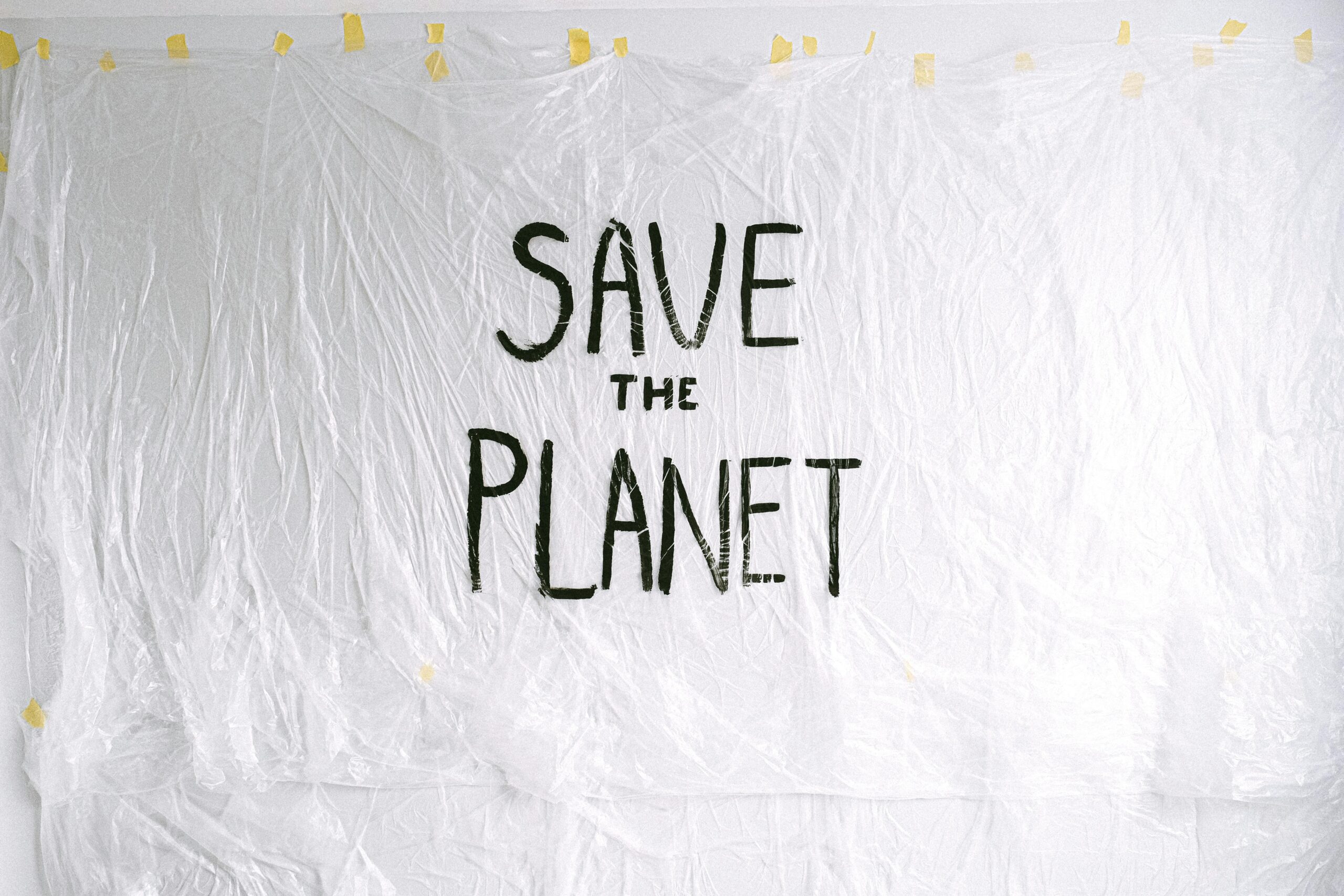
Photo Credit: Anna Shvets .
Imagine standing in front of an abstract painting as its vibrant colours and chaotic patterns pull you in. Such is the work of R. Wayne Reynolds, an artist whose pieces demand attention and reflection. Reynolds’ paintings, like They Are Not Your Diamonds, challenge the belief that Earth’s treasures belong to us. His “The Earth Series, It’s Not Ours!” criticizes our sense of entitlement over natural resources.
Art has always been a mirror to society’s most pressing concerns, and today’s environmental issues are at the forefront of global discourse. Through their unique visions and mediums, artists are raising awareness about the urgent need for environmental preservation. This article explores how artists leverage their talent to highlight the disconnect between humanity and nature, use shock value to raise awareness and inspire action through beauty and activism.
Similarly, Acosta’s art presents a stark visual commentary on human intervention in natural landscapes. His realistic paintings juxtapose serene natural scenes with intrusive human elements. As you gaze at his work, you feel the tension between the untouched beauty of nature and the harsh imposition of man-made structures. This visual clash highlights the disruption and disconnection we have caused, urging us to reconnect with the natural world.
Through their art, Reynolds and Acosta are not just depicting landscapes; they are narrating a story of loss and urging us to reclaim our spiritual connection with nature.
In the heart of a bustling city, enormous ice blocks slowly melt, drawing crowds of curious onlookers. This is Olafur Eliasson’s ‘Ice Watch’, a powerful installation that brings the reality of climate change to urban centres. As people touch the melting ice, they feel the coldness that once existed in the polar regions, now threatened by global warming. Eliasson’s work shocks viewers into realizing the immediacy of the climate crisis. The visual and tactile experience of melting ice serves as a visceral reminder of our planet’s fragility.
Equally striking is Lorenzo Quinn’s sculpture ‘Support’ in Venice. Here, giant hands rise from the canal, seemingly holding up a historic building. This surreal image is not just an artistic marvel but a dire warning of Venice’s potential future if sea levels continue to rise. The hands symbolize both the human impact on the environment and the potential for human action to prevent further damage. Quinn’s work leaves a lasting impression, prompting viewers to consider their role in either supporting or undermining our environmental future.
Both Eliasson and Quinn use shock value to jolt us from our complacency. Their art serves a crucial role in making the abstract threat of climate change tangible and immediate. It demands our attention and action, making the reality of the issue impossible to ignore.
A vibrant mural catches your eye as you walk through an art gallery. Shepard Fairey’s work is known for his compelling and visually arresting pieces. Fairey’s art is a rallying cry, urging us to abandon apathy and engage with environmental issues. His bold use of colour and striking imagery creates an immediate emotional response. The messages within his work are clear and urgent, pushing us to reflect on our environmental impact and take meaningful action.
Benjamin Von Wong transforms waste materials into awe-inspiring installations. Imagine a towering wave made entirely of plastic bottles or a majestic dragon constructed from electronic waste. Von Wong’s creations are not only visually stunning but also deeply symbolic. They show us that beauty can emerge from waste and that creative solutions to environmental problems are within our grasp. His art encourages us to see potential in what we discard and inspires us to think creatively about sustainability.
Alejandro Durán’s ‘Washed Up’ installations take a similar approach, using debris found on Mexican shores to create intricate, colourful patterns. These pieces are beautiful and unsettling, highlighting the pervasive issue of plastic pollution. Durán’s work forces us to confront the consequences of our consumption habits while showcasing the possibility of transforming waste into art. It’s a powerful call to action, urging us to reduce our plastic footprint and protect our oceans.
These works are potent reminders of the importance of preserving our natural world and inspire us to take action for a sustainable future. As long as environmental advocacy is needed, artists will continue to use their talent to raise their voices for the environment.
Citations:
[1] https://blog.artsper.com/en/lifestyle/10-socially-conscious-artists-creating-environmental-art/
[2] https://art.rtistiq.com/en-us/blog/4-artworks-that-raise-awareness-for-environmental-issues
[3]https://freshmindmag.com/2024/02/02/eco-art-artists-advocating-for-the-environment-through-creativity/
[4]https://www.researchgate.net/publication/357382421_Raising_environmental_awareness_through_art_projects
[5] https://www.artsy.net/article/artsy-editorial-10-artists-making-urgent-work-environment
[6] https://study.com/learn/lesson/environmental-art-history-examples.html
